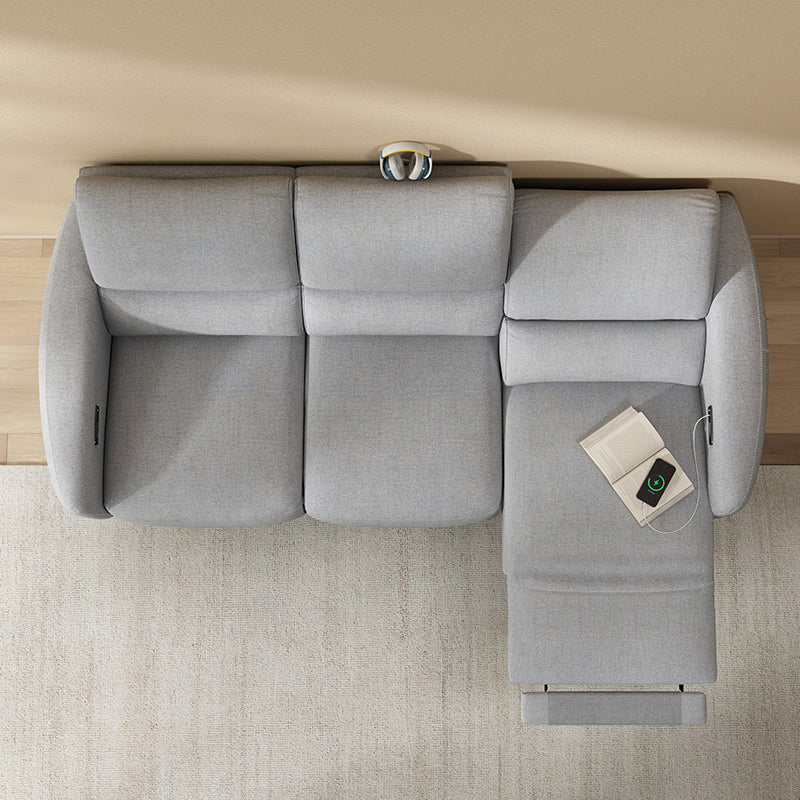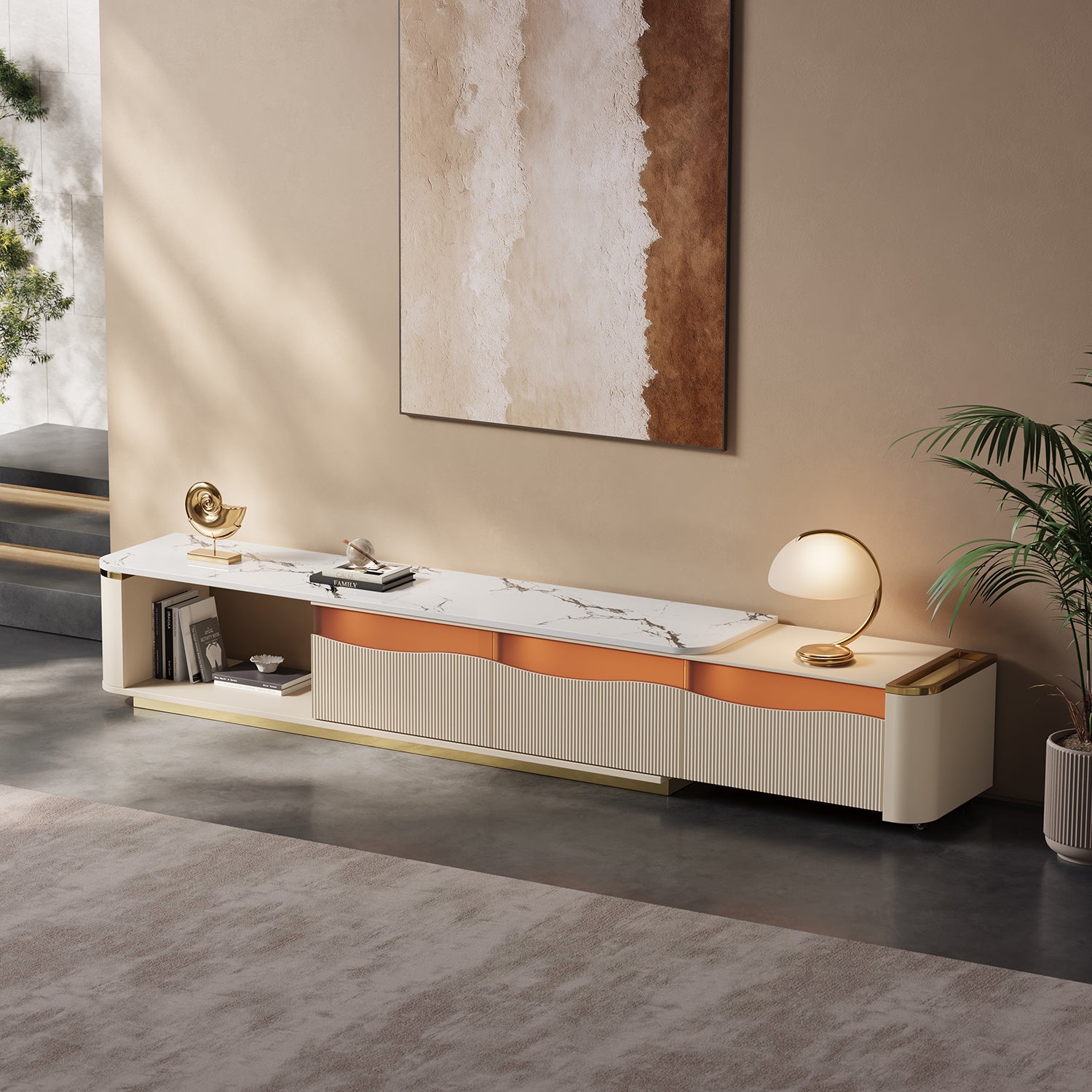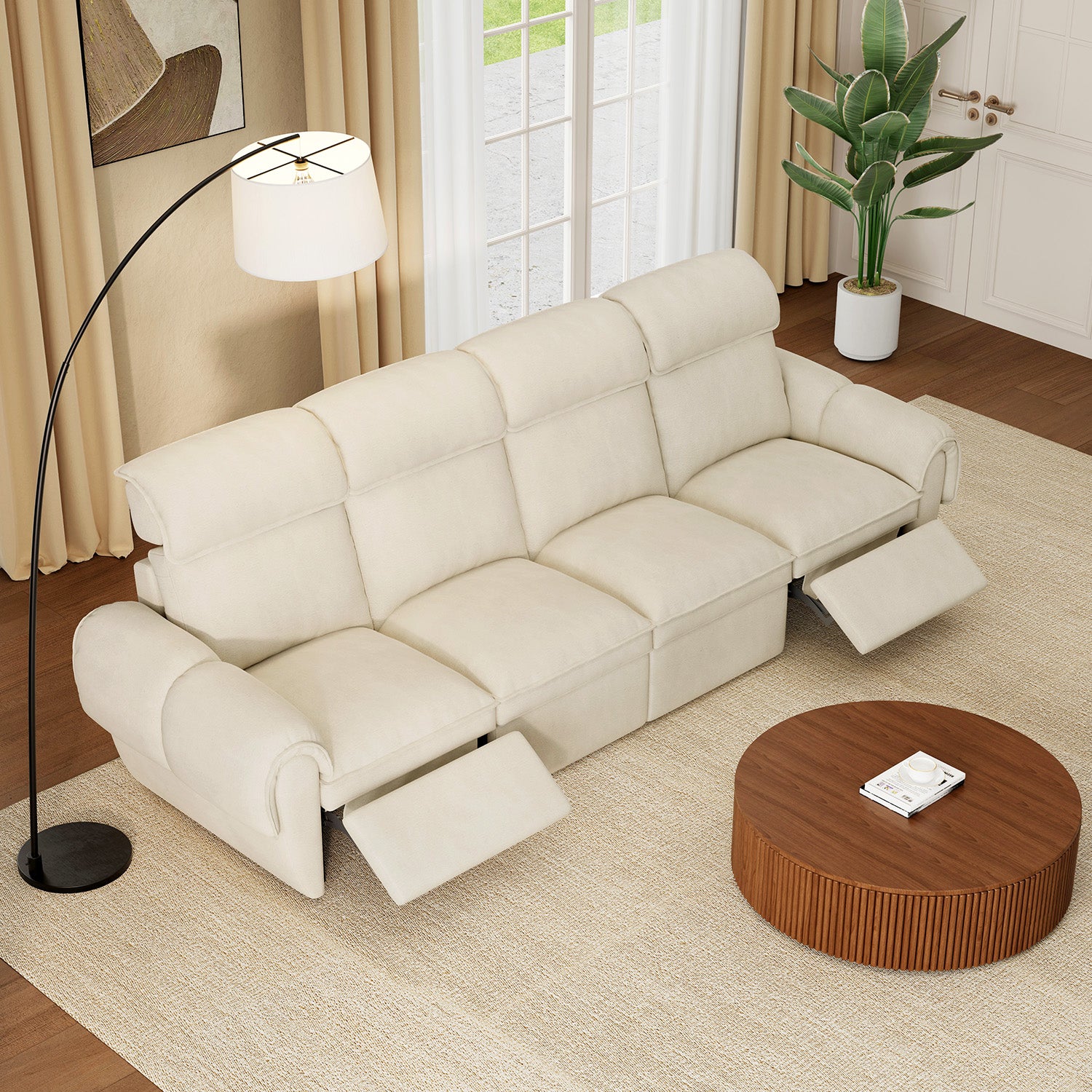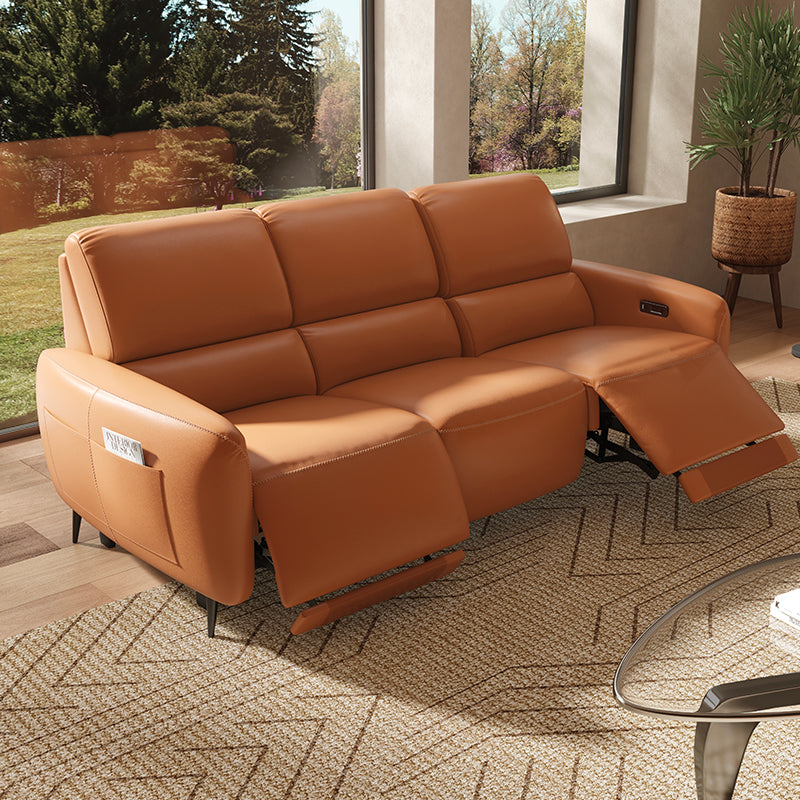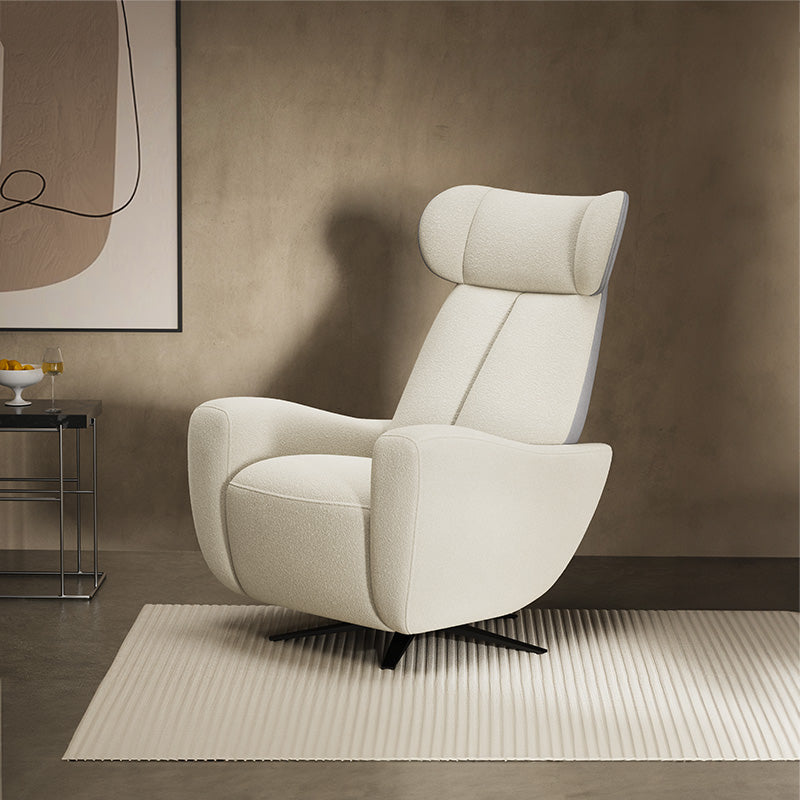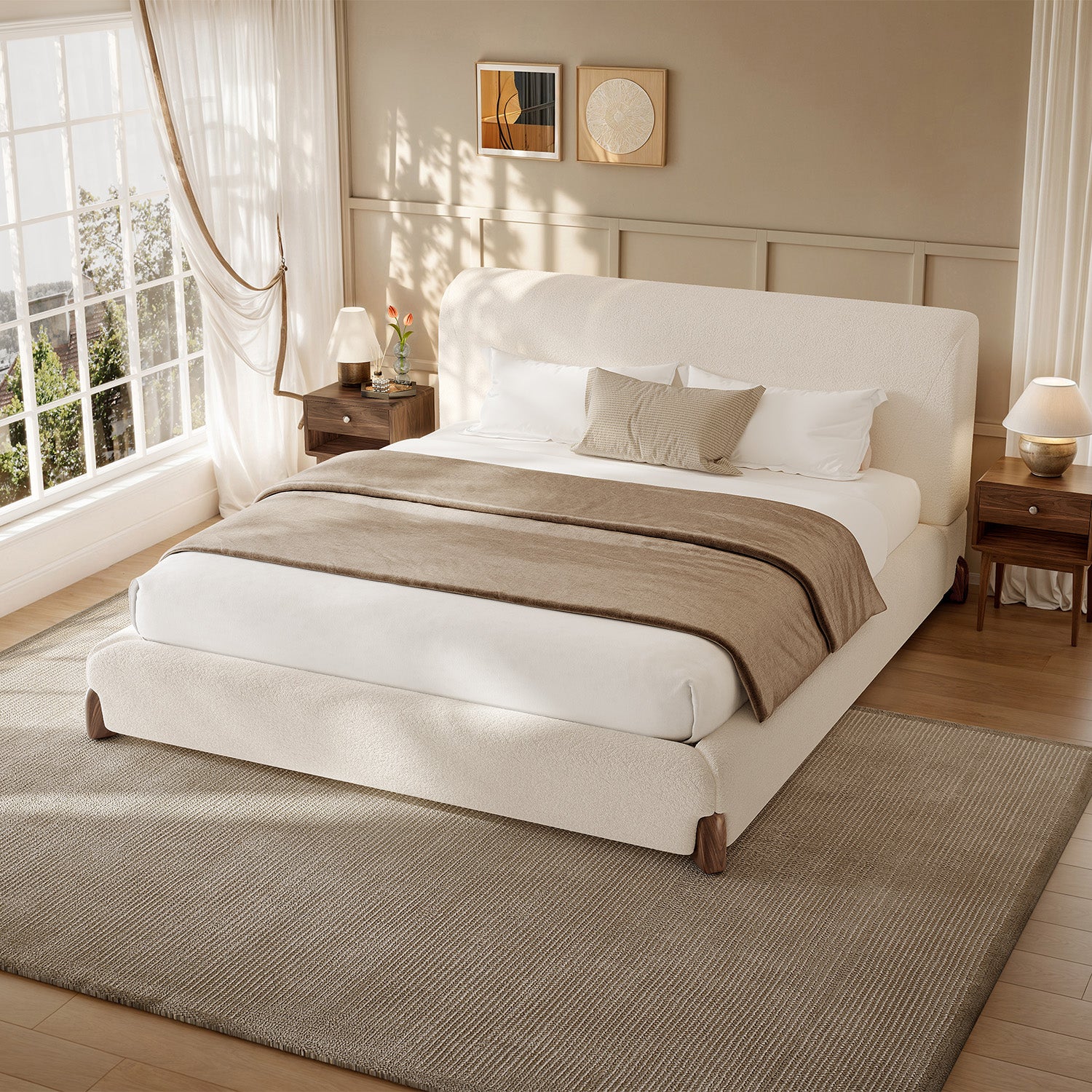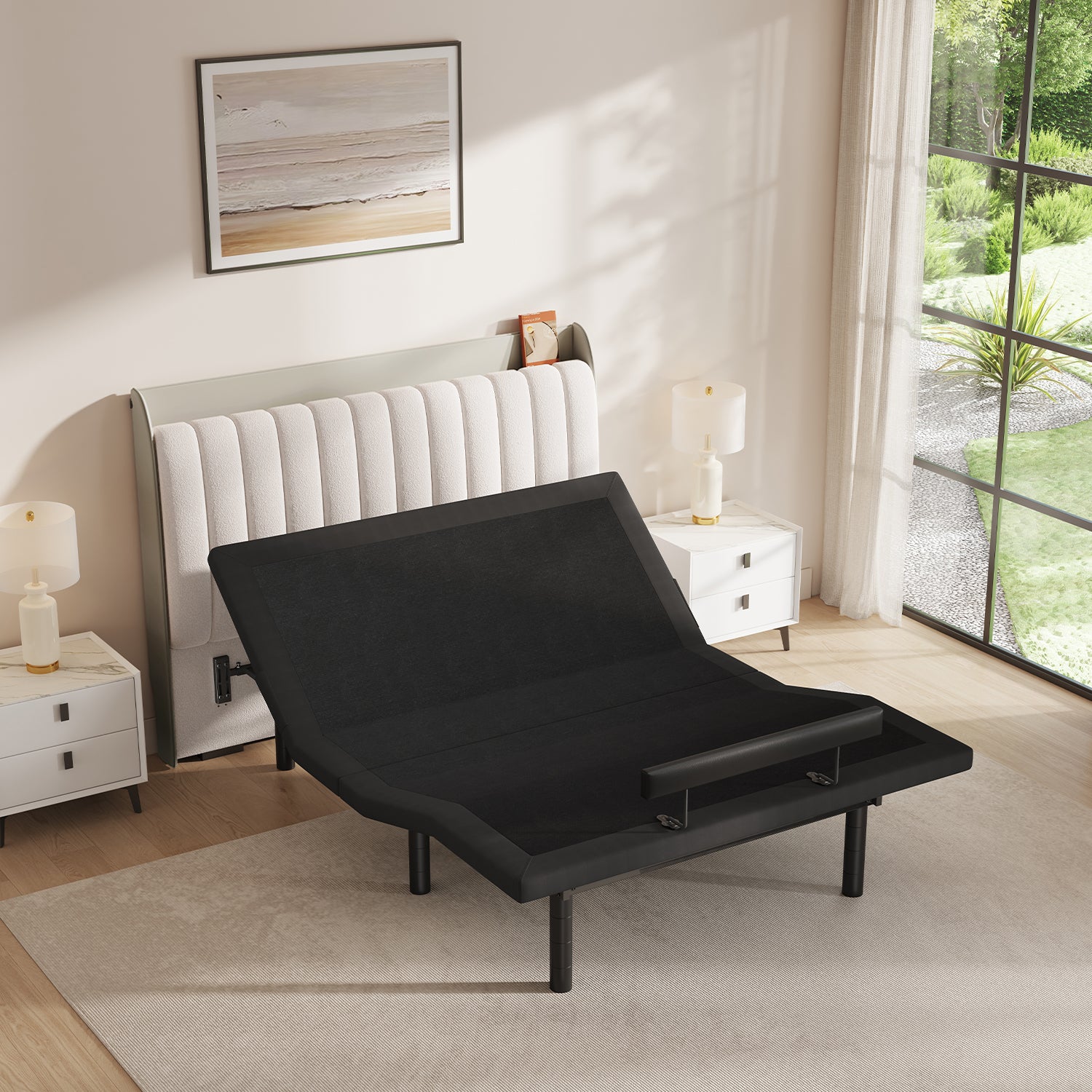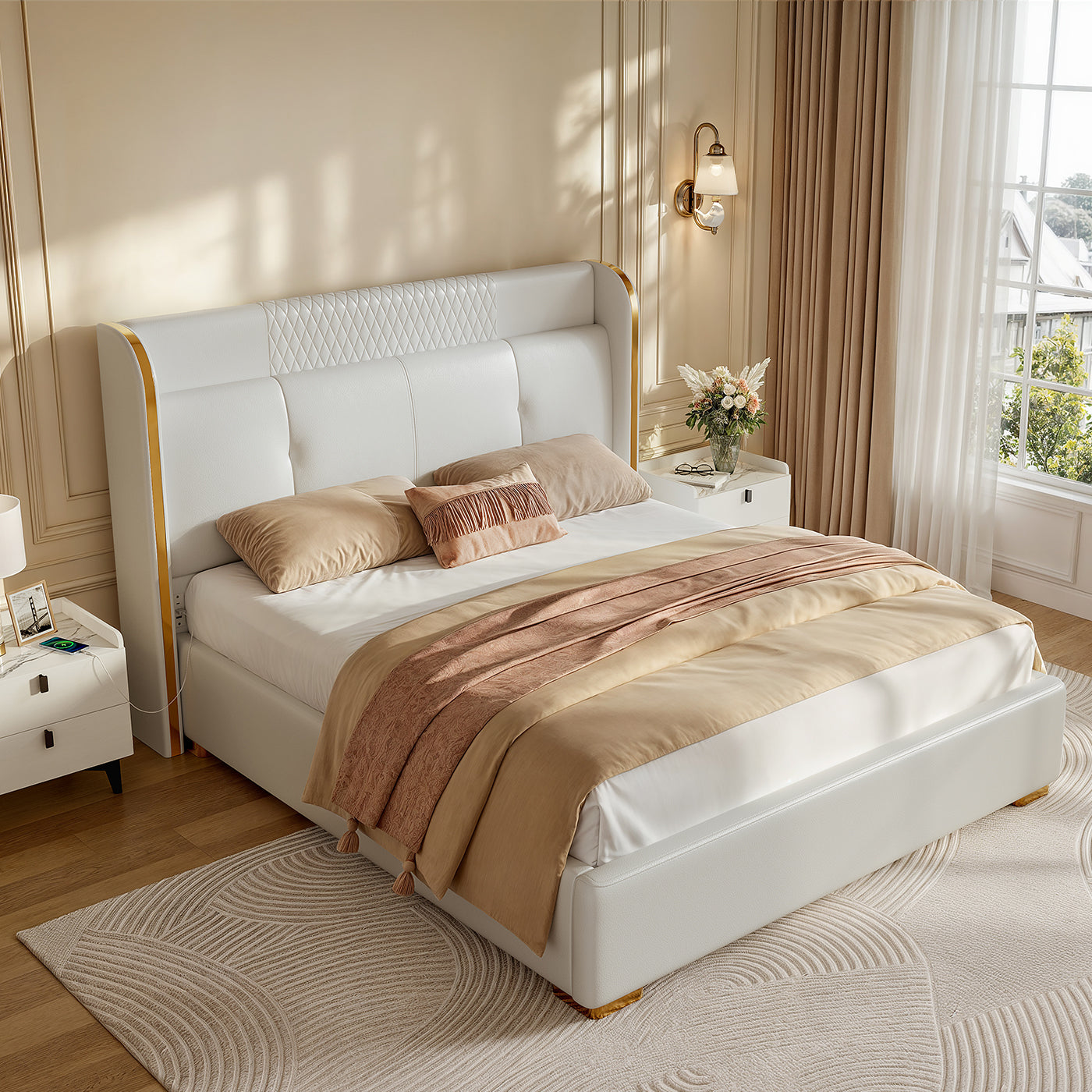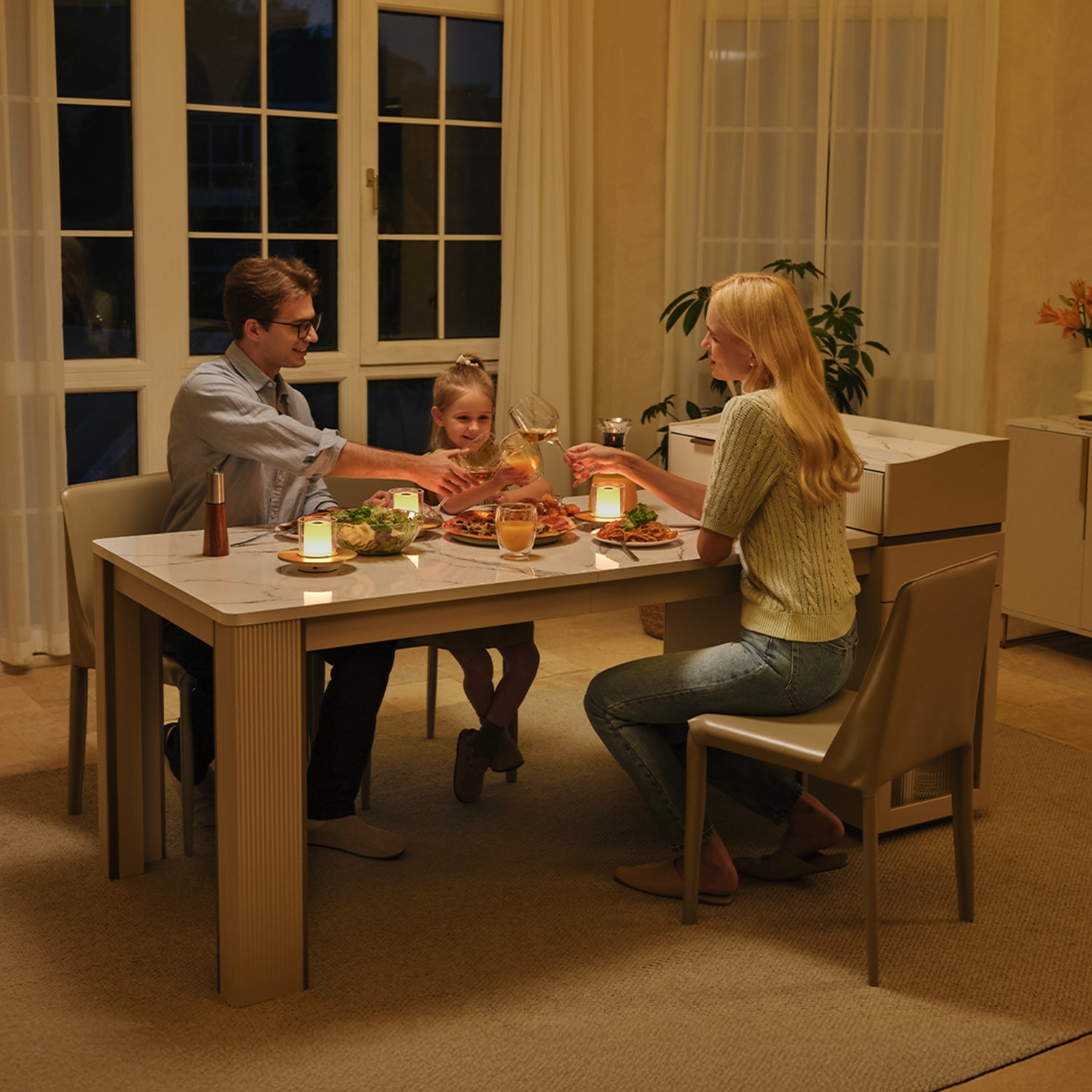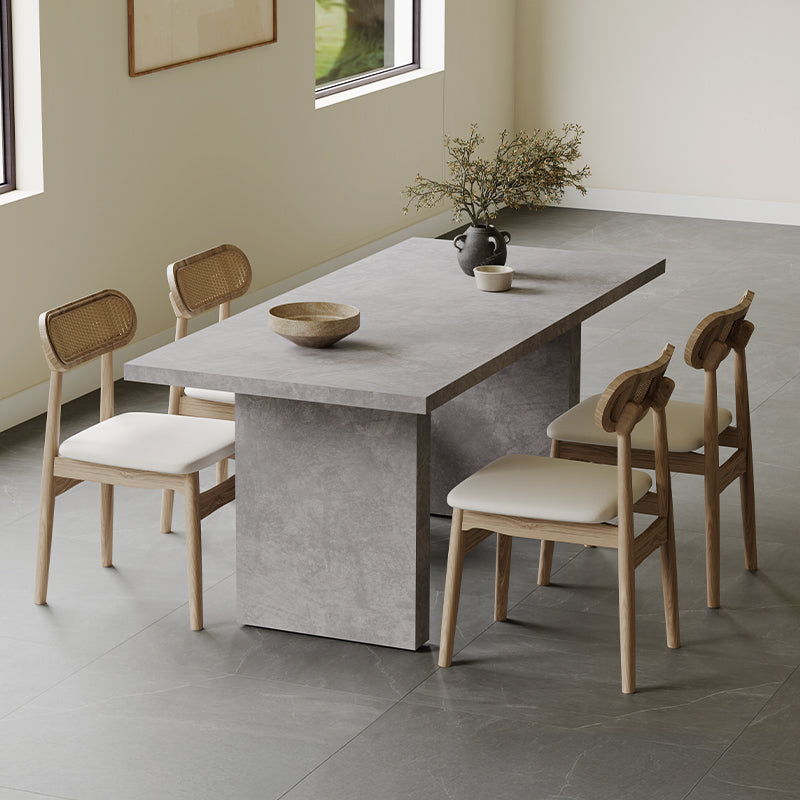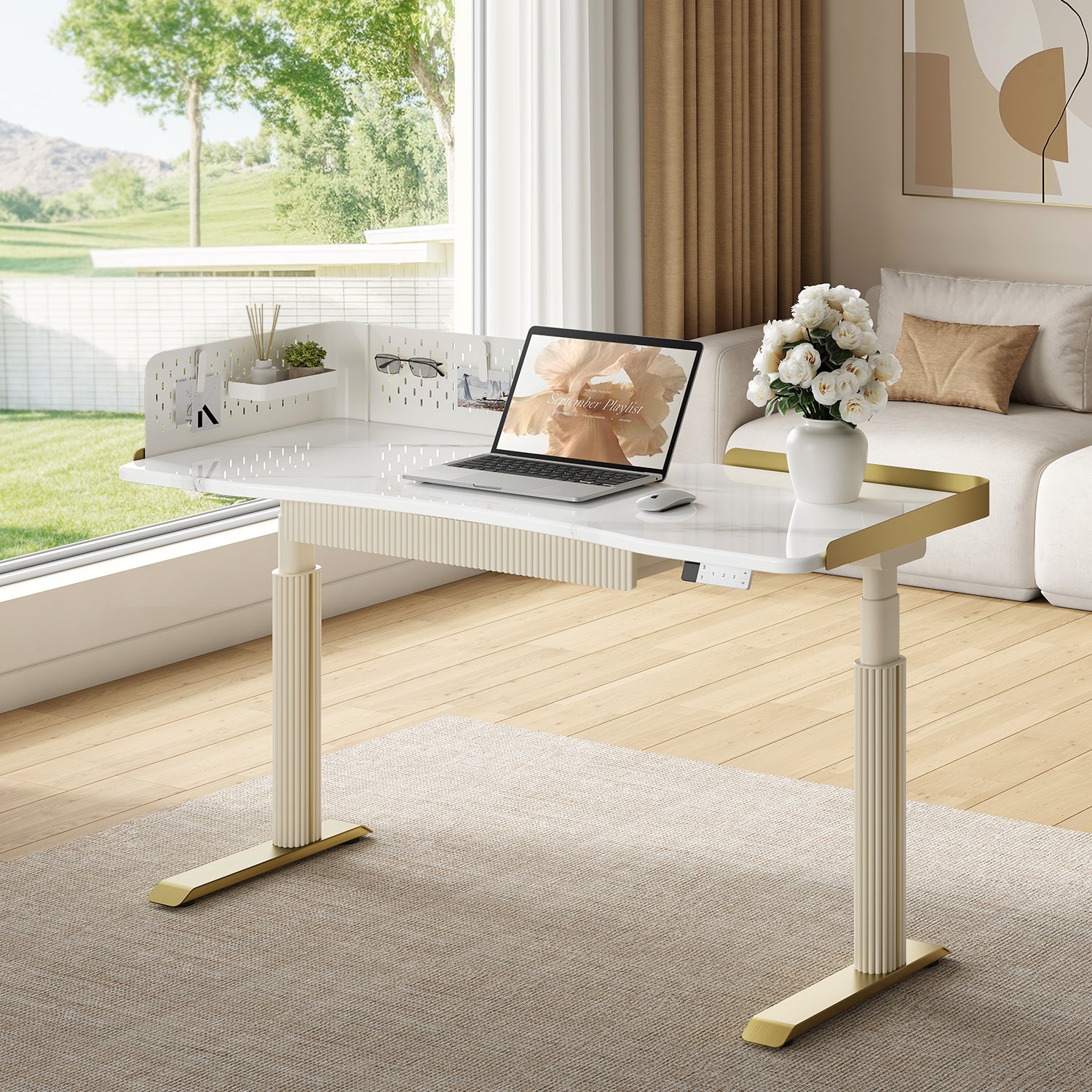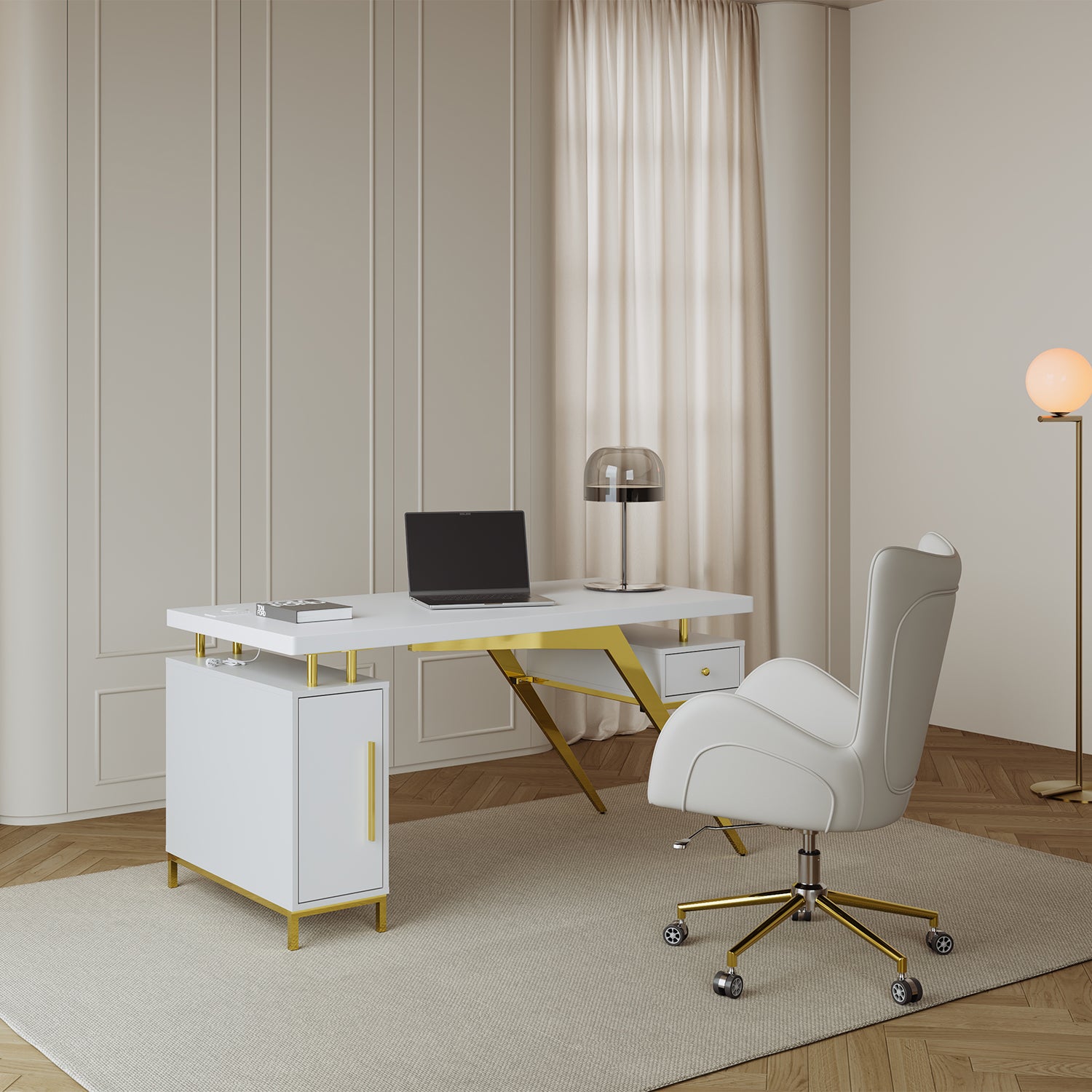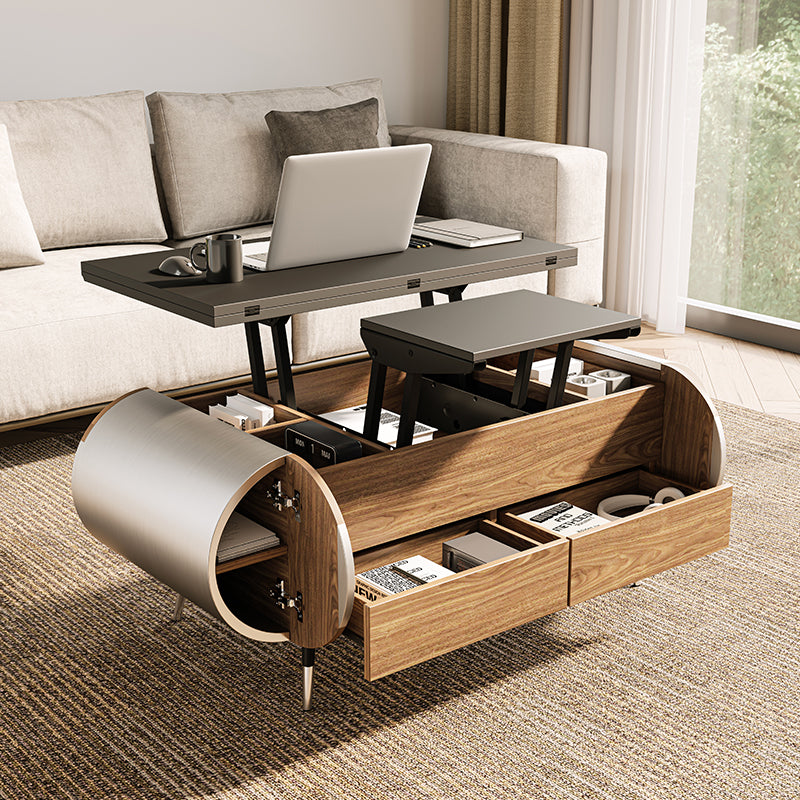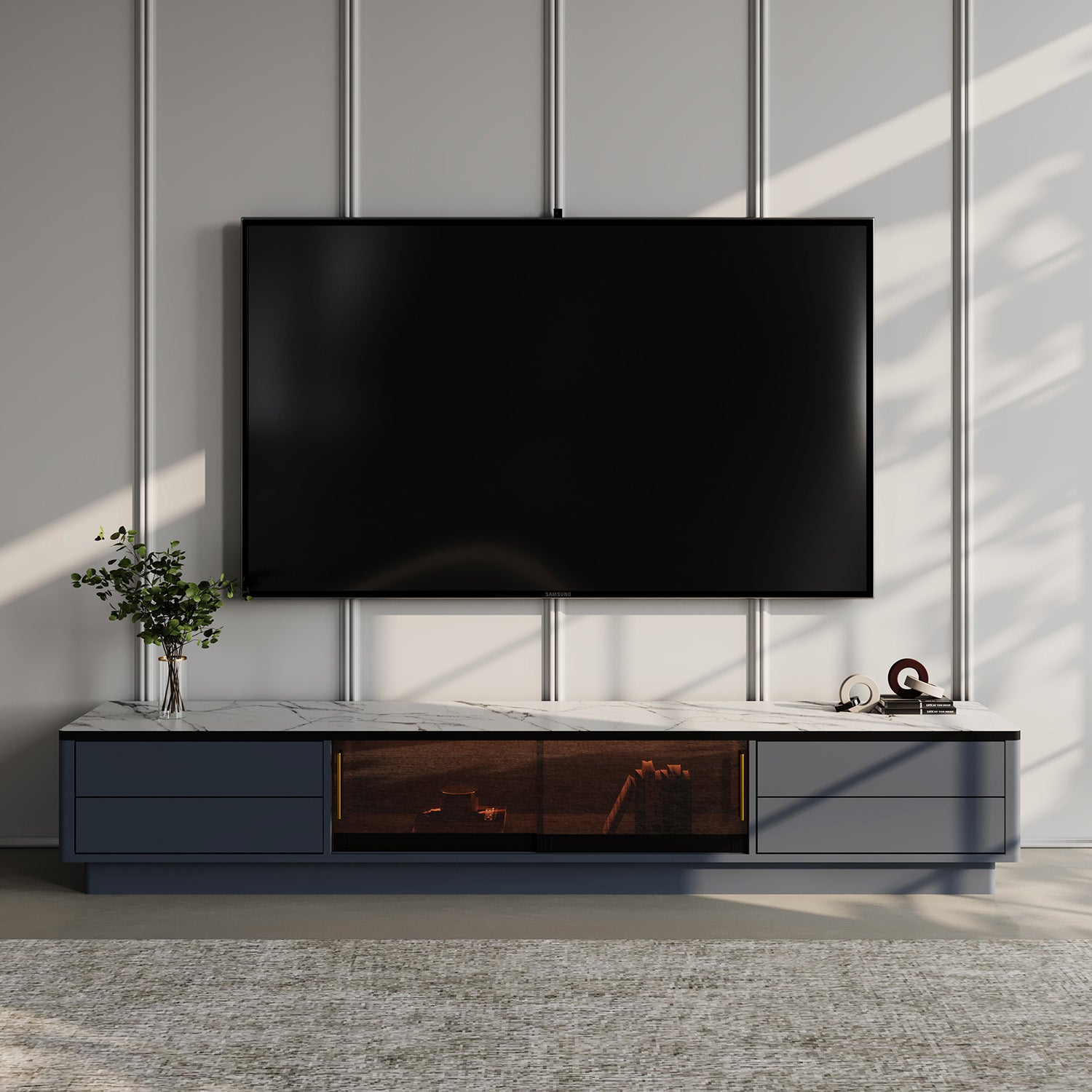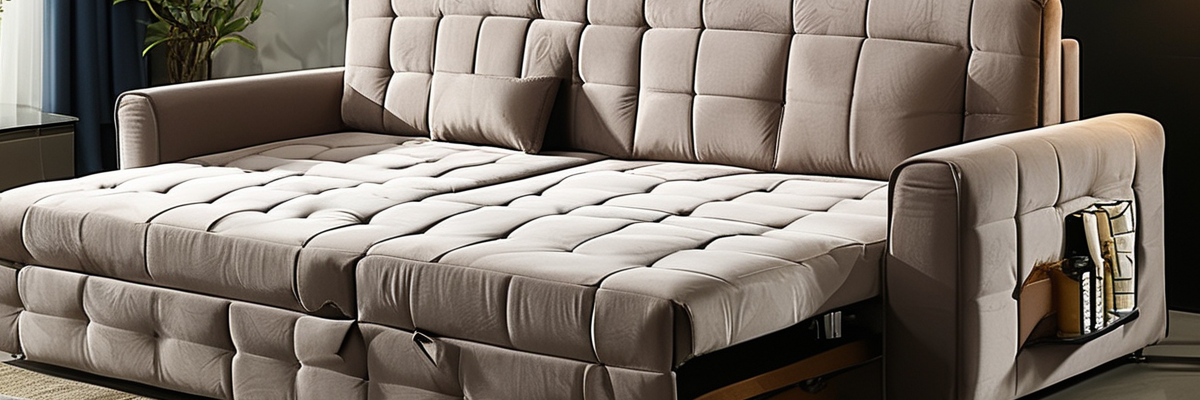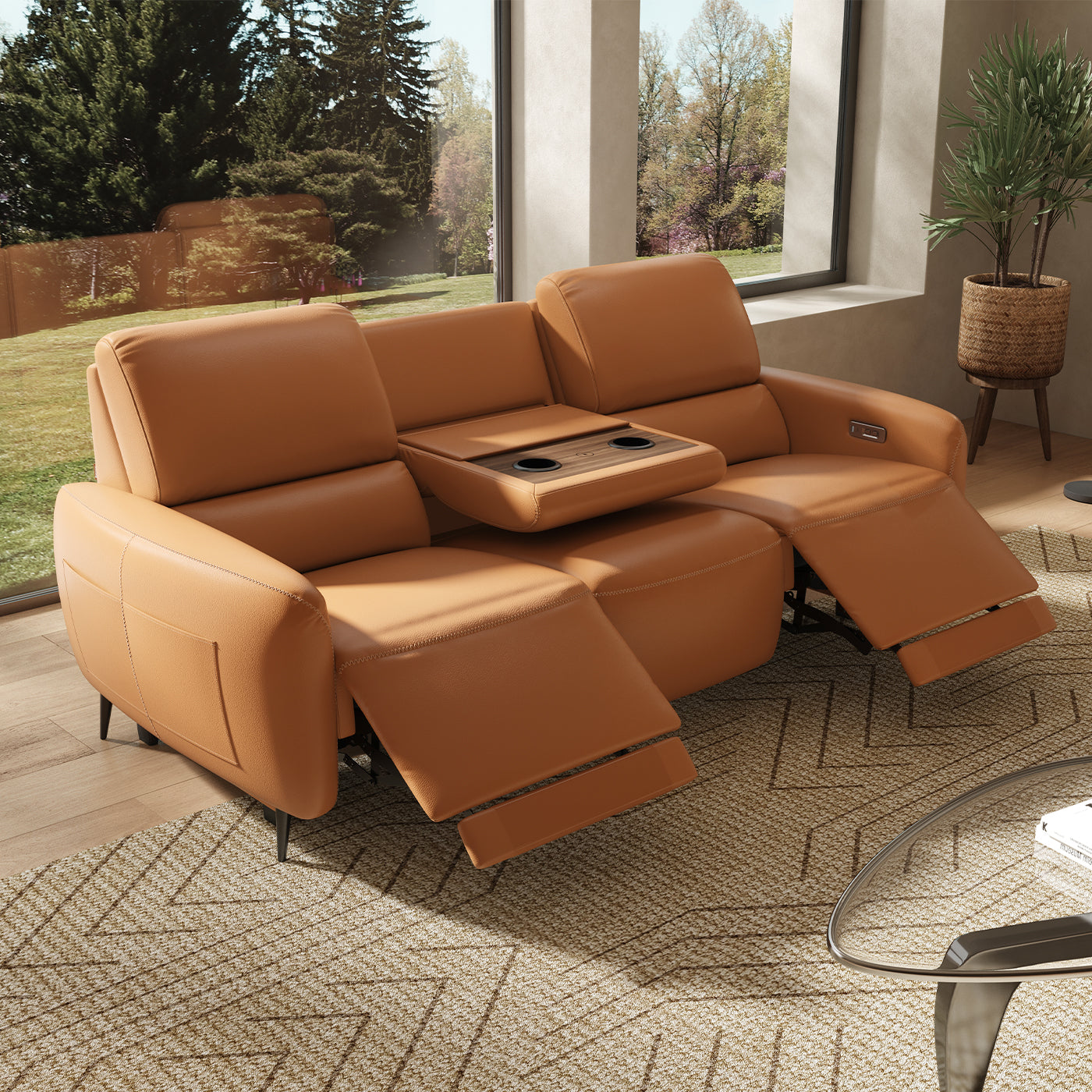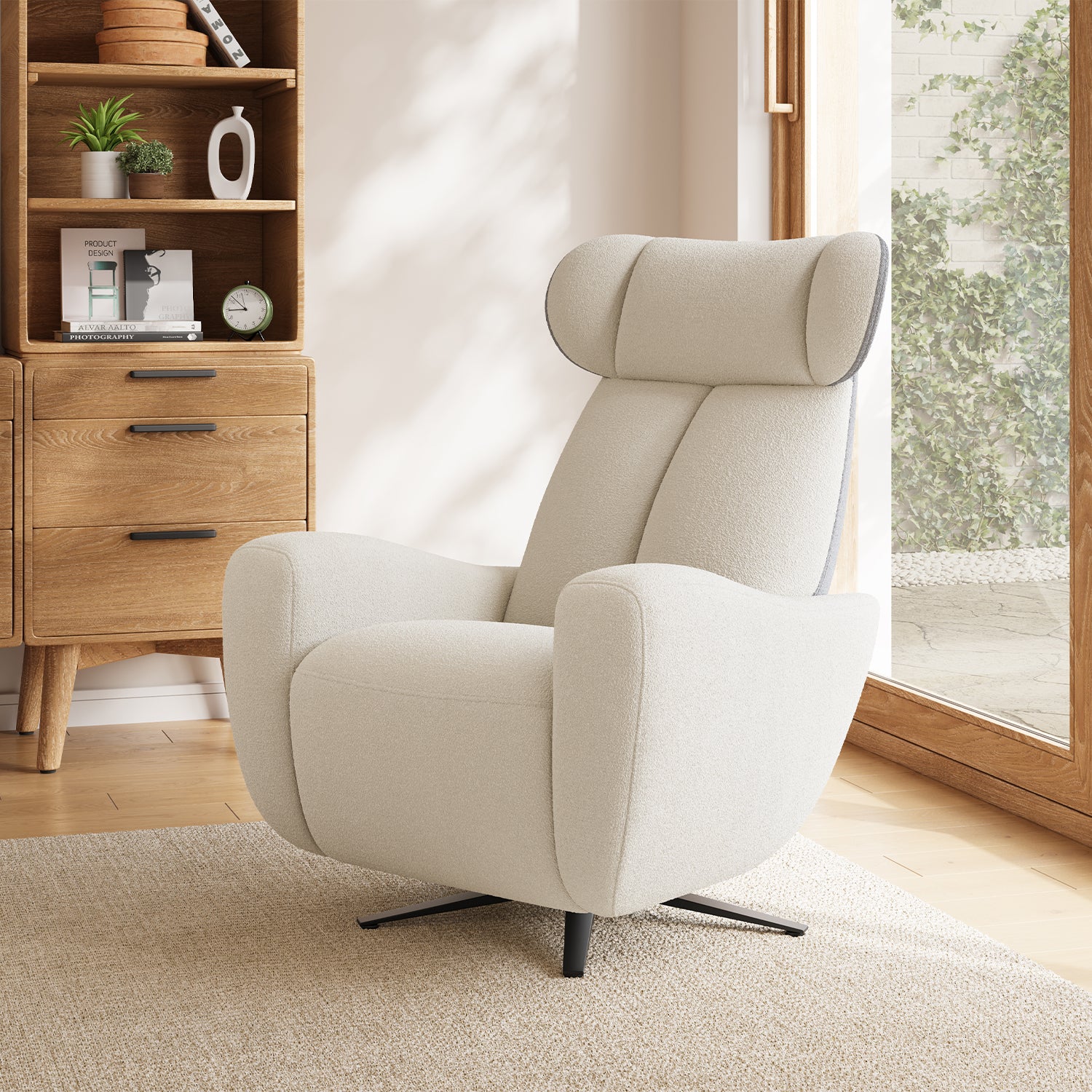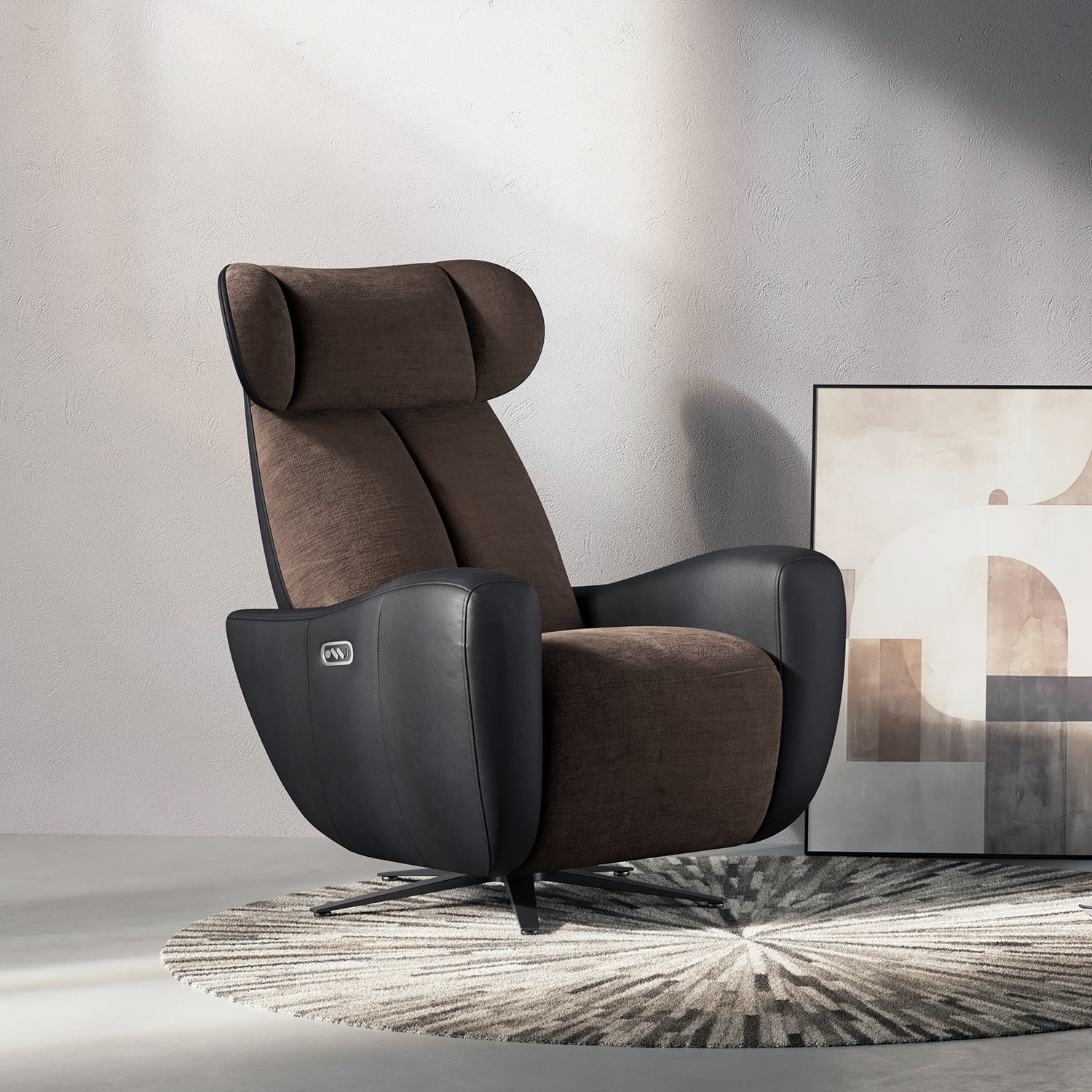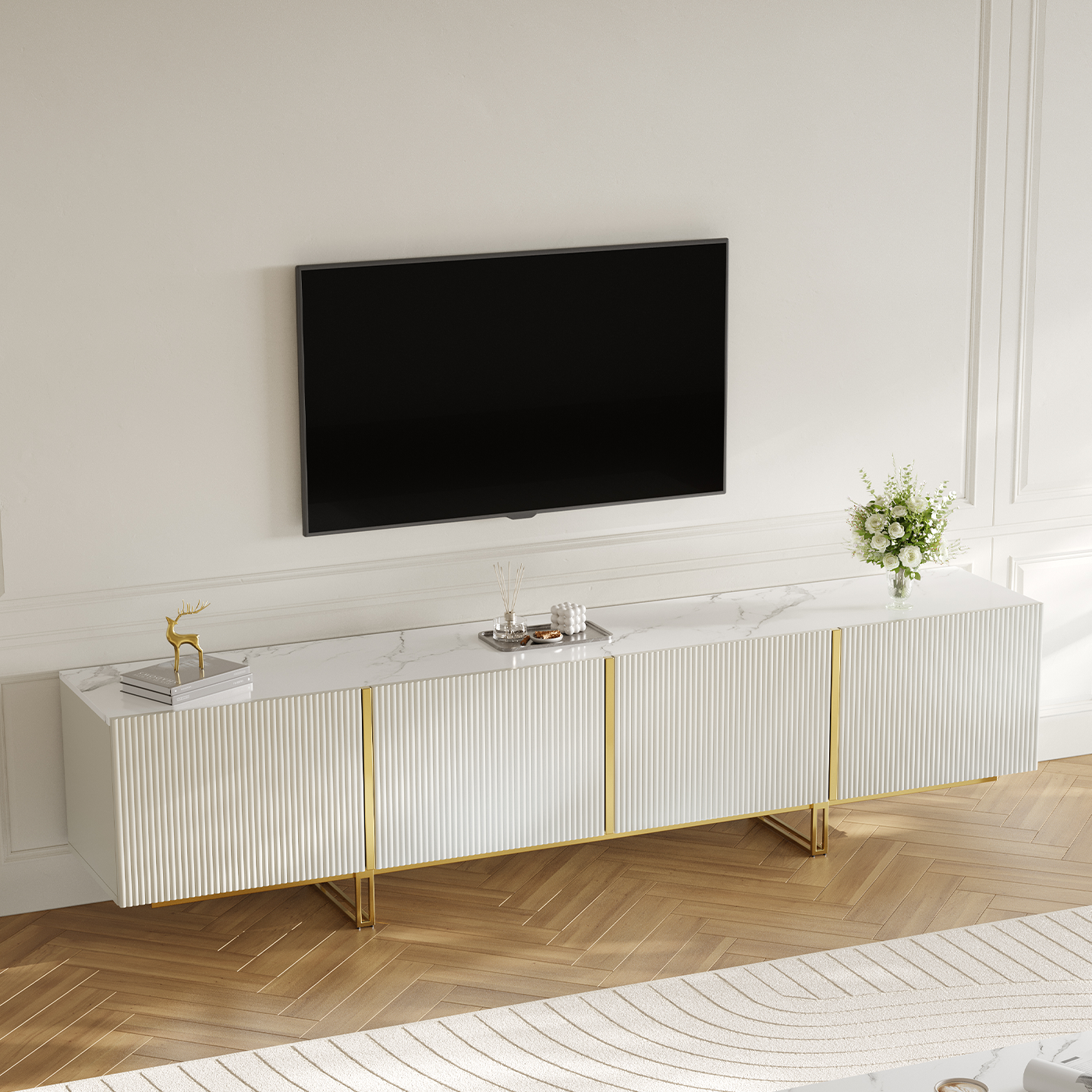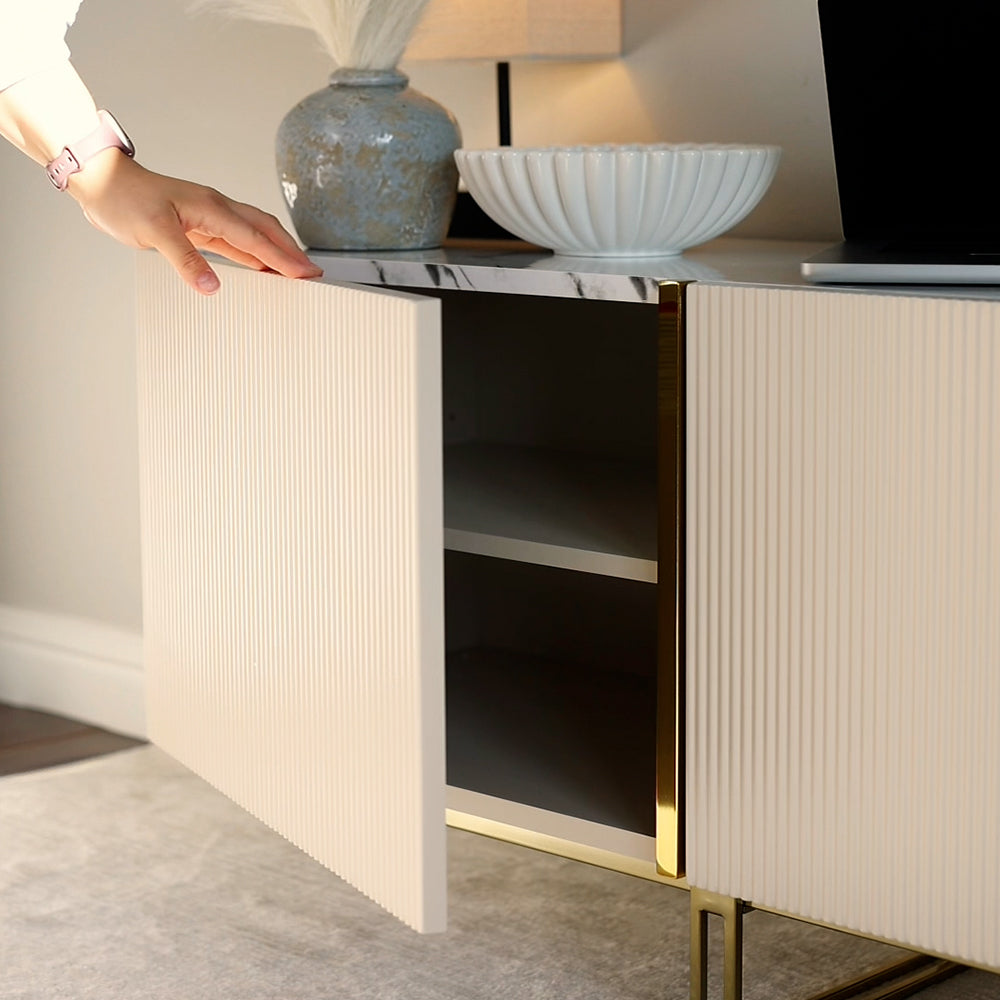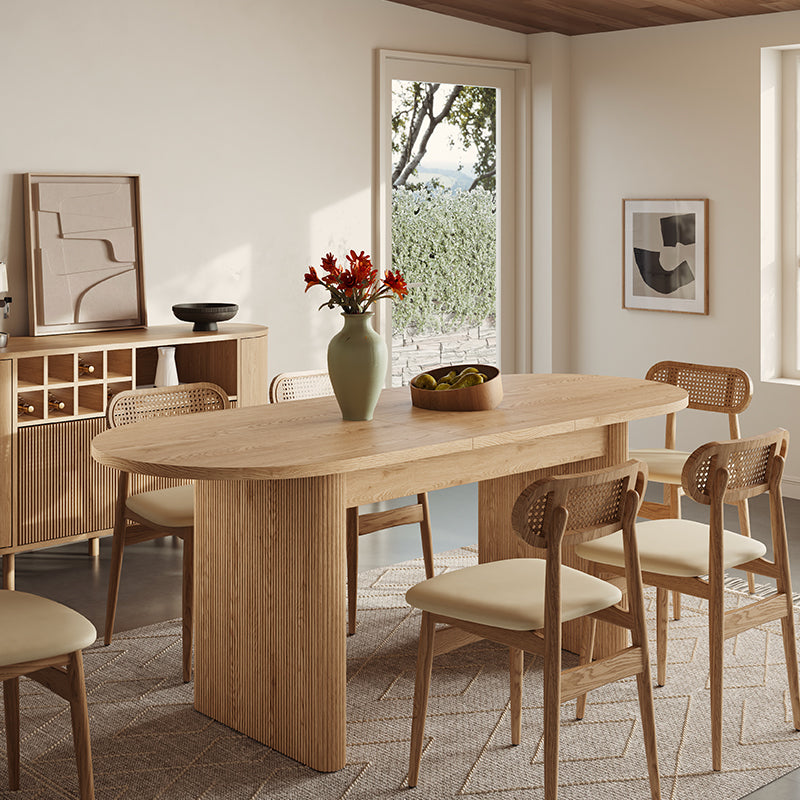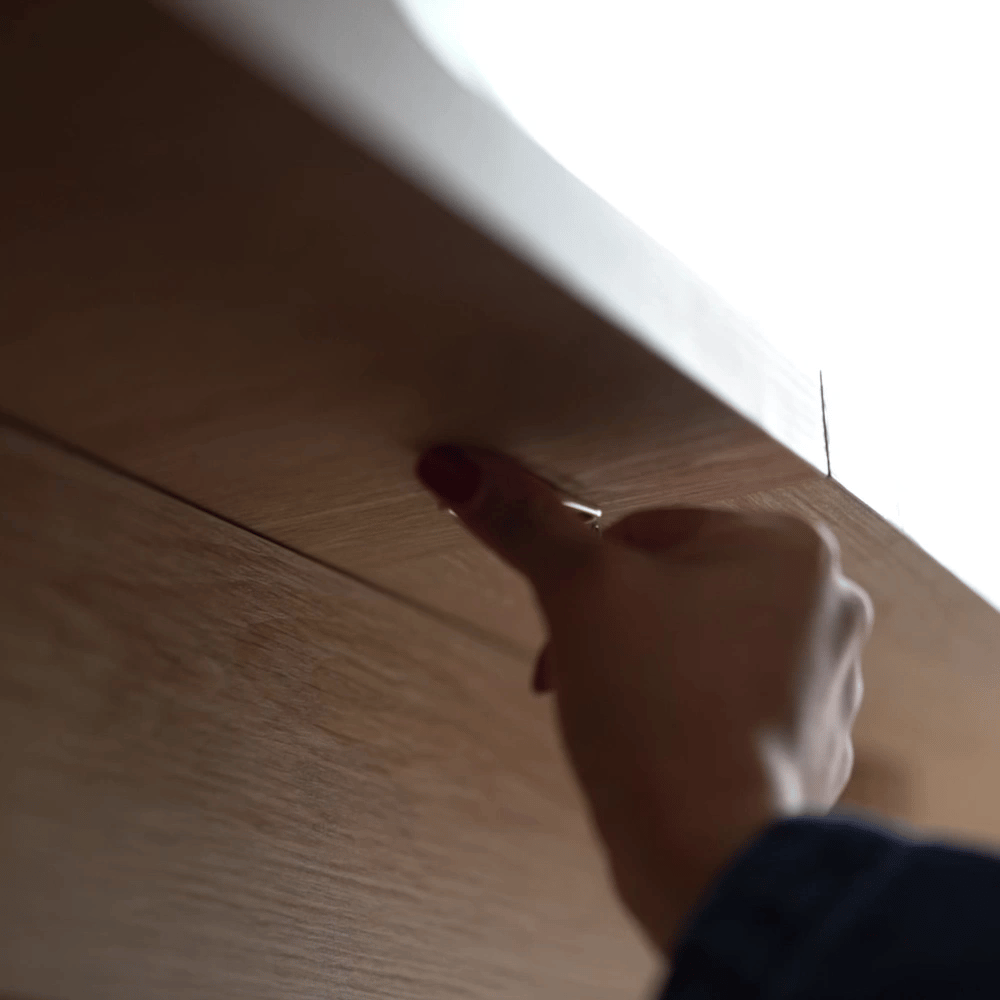In contemporary home design, beds and couches stand as two of the most critical components, each fulfilling distinct roles. Traditionally, beds have been havens for sleep, while couches serve as gathering spots for relaxation and socialization. However, as lifestyles evolve, the lines between these two furniture types are increasingly blurring. This article delves into the history, current trends, and future of bed and couch concepts, highlighting how they reflect our changing needs and preferences.
Table of Content
1. Historical Context
The origins of beds and couches can be traced back centuries, with each piece of furniture developing its own unique narrative. Beds have historically been designed primarily for sleep, with early versions consisting of simple raised platforms made from natural materials. Over time, they transformed into more intricate designs, featuring ornate frames, plush mattresses, and, in modern contexts, various adjustable options for enhanced comfort.
Conversely, couches have their roots in luxury and social status. Initially, they were lavish pieces of furniture found in the homes of the wealthy, serving as places for resting and entertaining. Over the years, couches have evolved to accommodate more casual lifestyles, moving from formal sitting rooms to the heart of family living spaces. Today, they embody a blend of comfort and style, accommodating various functions from lounging to sleeping.
2. The Modern Merge: Sofa Beds and Daybeds
With the rise of urbanization and smaller living spaces, the traditional roles of beds and couches are increasingly merging. Sofa beds have emerged as a popular solution, offering the versatility of transforming from a stylish couch into a functional bed. This adaptability is especially appealing for those living in compact environments where maximizing space is essential.
Daybeds, another innovative design, serve a similar dual purpose. They can function as a chic couch during the day and a cozy bed at night. With their built-in headboards and elegant designs, daybeds seamlessly blend into both living and guest rooms, providing a stylish solution for multi-functional spaces.
3. Design Trends: Aesthetic Integration
As the demand for hybrid furniture increases, design trends are evolving to emphasize both aesthetics and functionality. Minimalist designs featuring clean lines and neutral color palettes are becoming increasingly popular for both beds and couches. Materials such as natural wood, metal, and high-quality upholstery dominate the market, allowing for easy integration into various decor styles.
Sustainability is also a significant trend shaping modern furniture design. Many manufacturers are now prioritizing eco-friendly practices by using reclaimed wood, recycled materials, and sustainable fabrics. This shift not only meets the growing consumer demand for environmentally responsible products but also enhances the aesthetic appeal of furniture.
4. Comfort Meets Technology
The integration of technology into bed and couch designs is another notable trend transforming user experiences. Smart sofas equipped with USB charging ports, Bluetooth speakers, and built-in recline features cater to the modern user’s desire for convenience and connectivity. Similarly, smart beds that offer adjustable firmness, temperature control, and sleep tracking capabilities appeal to health-conscious individuals seeking optimal rest.
This technological fusion reflects a broader trend where furniture serves not just as functional items but as integral components of our digital lifestyles. As remote work and online engagement become the norm, our furniture needs to adapt accordingly.
5. The Social Aspect: Designing for Connection
While beds are often associated with personal time and solitude, couches are closely tied to social interactions. In an era where social media plays a dominant role in our lives, the design of our living spaces must accommodate genuine connections. Open floor plans and communal areas have gained popularity, with couches designed to foster conversations and interactions among family and friends.
Larger sectional sofas encourage gathering and bonding, while smaller, more intimate seating arrangements can create inviting nooks for deeper conversations. This shift emphasizes the importance of creating spaces that not only look good but also promote connection, reflecting a cultural move toward valuing relationships and shared experiences.
6. Future Trends: Customization and Flexibility

As we look ahead, the future of bed and couch designs appears increasingly focused on customization and flexibility. Consumers are becoming more discerning, seeking furniture that can adapt to their evolving needs. Modular couches that can be rearranged to suit different occasions or beds that double as workspaces are just the beginning of this trend.
The concept of multi-use furniture is set to expand further, driven by the ongoing shift toward remote work. As home offices become more common, the demand for furniture that seamlessly transitions between work and relaxation will rise. This evolution will foster innovation in furniture design, focusing on creating pieces that serve multiple purposes without compromising comfort or style.
7. Conclusion
The evolution of bed and couch concepts reflects our changing lifestyles and values. As we navigate the complexities of modern living, the need for multifunctional, aesthetically pleasing, and technologically integrated furniture becomes essential. By understanding these trends, consumers can make informed choices that enhance their living spaces, ensuring that comfort and functionality coexist harmoniously. Whether through a stylish sofa bed or a sleek daybed, the integration of these concepts into our homes signifies a promising future for furniture design, one that is tailored to meet the diverse needs of contemporary life. In a world where adaptability is key, beds and couches are poised to continue evolving, shaping the way we live, work, and connect.
If you want to buy our home furniture or couch for living room, you can check out more on our store

